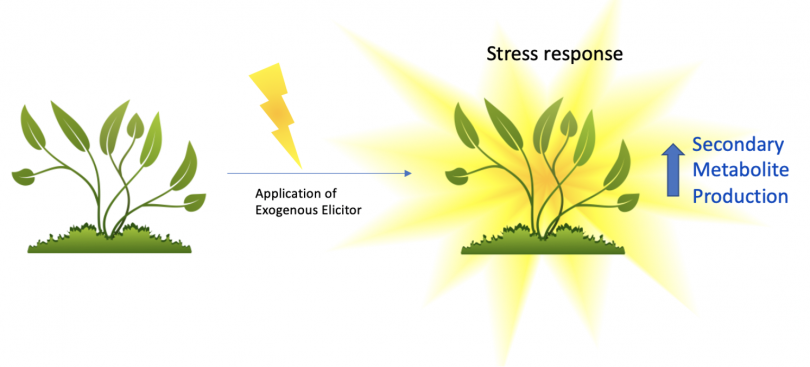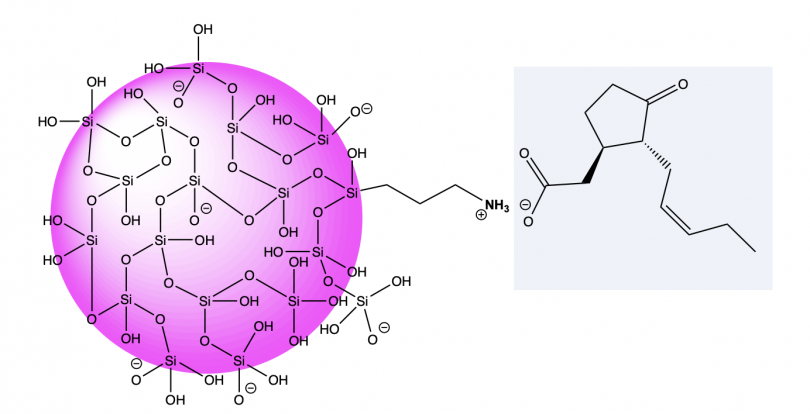 Lignin is a complex aromatic biopolymer and an important constituent in plant cell walls. The process of lignin biosynthesis, known as lignification, is poorly understood and challenging to study but has important implications in a variety of fields including sustainable energy, bioengineering, and materials science and is therefore of interest to pursue. In the final stage of lignification, H-, G-, and S-monolignols are oxidized by laccase and peroxidase enzymes to generate radical species that couple to form dimers and further oligomeric species to ultimately produce the lignin polymer. Biomimetic lignin model systems utilize in vitro oxidative coupling reactions as an important tool to further develop our understanding of this complex process. The goal of the first portion of this dissertation was to explore several aspects of monolignol oxidative coupling using high performance liquid chromatography (HPLC). These aspects included the study of relative reaction rates, both with respect to monolignol conversion and product formation, and the effects of solvent composition on product distribution. Electrospray ionization mass spectrometry (ESI-MS) was an important analytical tool for characterizing many coupling products, especially higher oligomeric compounds. The insights acquired from these experiments contributed valuable information towards a fuller understanding of the lignification process.
Lignin is a complex aromatic biopolymer and an important constituent in plant cell walls. The process of lignin biosynthesis, known as lignification, is poorly understood and challenging to study but has important implications in a variety of fields including sustainable energy, bioengineering, and materials science and is therefore of interest to pursue. In the final stage of lignification, H-, G-, and S-monolignols are oxidized by laccase and peroxidase enzymes to generate radical species that couple to form dimers and further oligomeric species to ultimately produce the lignin polymer. Biomimetic lignin model systems utilize in vitro oxidative coupling reactions as an important tool to further develop our understanding of this complex process. The goal of the first portion of this dissertation was to explore several aspects of monolignol oxidative coupling using high performance liquid chromatography (HPLC). These aspects included the study of relative reaction rates, both with respect to monolignol conversion and product formation, and the effects of solvent composition on product distribution. Electrospray ionization mass spectrometry (ESI-MS) was an important analytical tool for characterizing many coupling products, especially higher oligomeric compounds. The insights acquired from these experiments contributed valuable information towards a fuller understanding of the lignification process.

Plant secondary metabolites are a vital source of medicinally relevant compounds. These metabolites are involved in the plants’ highly dynamic chemical defense against environmental stressors such as UV light, predators, and pathogens. Elicitation is a process in which changes in plant secondary metabolism are induced by specific stressors to understand metabolic pathways involved in plant defense. The second portion of this dissertation focused on the study of metabolism, known as metabolomics. Methods development for sample preparation and data processing in untargeted metabolomics was applied to study elicitation of secondary metabolites in Lobelia Cardinalis hairy root cultures. This study specifically explored the potential of nanoparticles as a delivery system to enhance the elicitation effects of jasmonic acid. In this work, UHPLC-MS with high resolution accurate mass was used to evaluate the secondary metabolic response of L. Cardinalis hairy root cultures to jasmonic acid-loaded nanoparticles.


